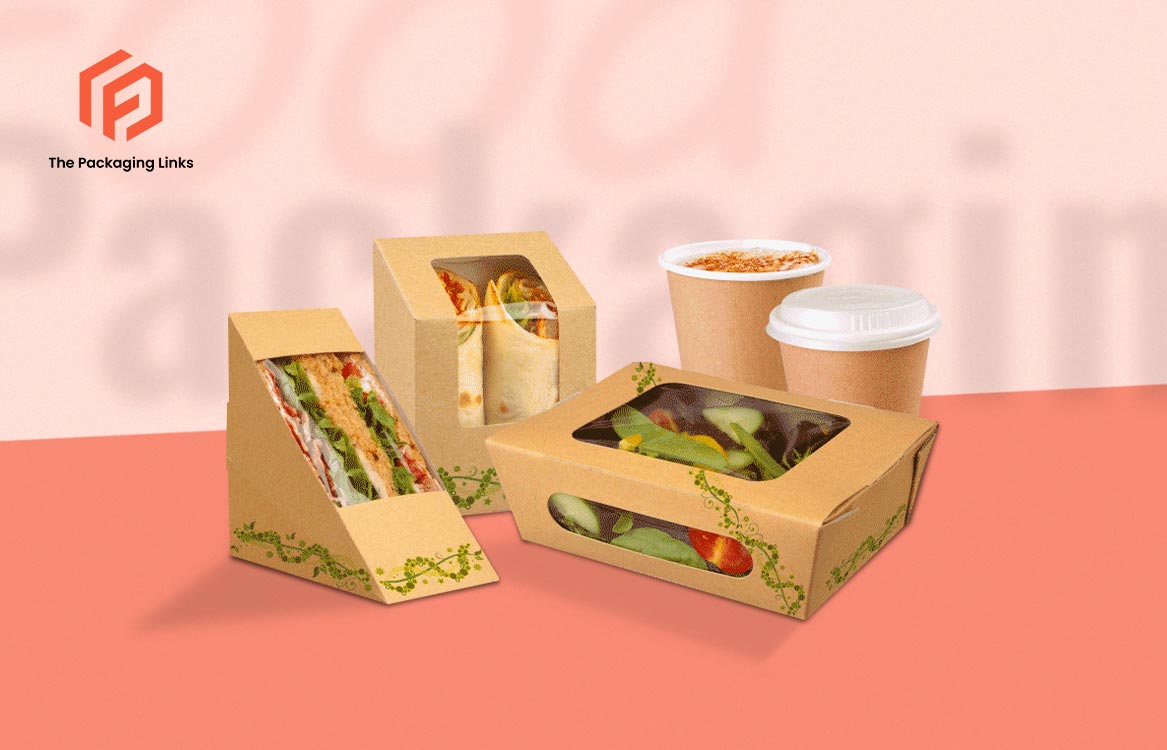
What is the main purpose of Food Packaging?
Food packaging has three main purposes for consumers: it contains food, shields it from outside influences and harm, and provides ingredient and nutritional information (Coles, 2003). Food packaging aims to cost-effectively confine food while meeting consumer and business demands, preserving food safety, and minimising environmental impact.
How Food Packaging Protects and Preserves:
Flexible food packaging helps preserve the positive benefits of processing and maintain or improve food quality and safety by extending shelf life. Packaging shields against three main categories of outside influences: chemical, biological, and physical.
By minimising compositional changes brought on by exposure to gases (usually oxygen), moisture (gain or loss), or light (visible, infrared, or ultraviolet), chemical protection reduces these effects. An array of packing materials is capable of offering a chemical barrier.
By creating a barrier against insects, other animals, and microorganisms (pathogens and spoiling agents), biological protection helps to avoid sickness and spoiling. Furthermore, biological barriers uphold the circumstances that regulate senescence (ageing and ripening). These barriers work in a variety of ways, such as restricting product access, stopping the spread of odours, and preserving the interior environment of food packaging.
Food is protected from mechanical harm by physical protection, which also includes cushioning against shock and vibration during distribution. Physical barriers, which are often made of paperboard and corrugated materials, are frequently used as shipping containers and as packaging for perishable goods like eggs and fresh fruit because they are resistant to impacts, abrasions, and crushing damage. Proper physical packing shields customers from a variety of risks. Child-resistant latches, for instance, make it more difficult to obtain things that can be harmful. Additionally, the risk posed by broken glass containers has decreased as a result of products like shampoo and soda bottles switching to plastic packaging.
Food Packaging is About Waste Reduction:
Any evaluation of food packaging and its environmental effects must take the advantages of less food waste along the whole supply chain into account. Food waste has been attributed to inadequate storage, transportation, and preservation/protection. By keeping food fresher for longer and increasing its shelf life, packaging helps cut down on waste overall. A food product’s shelf life is largely determined by the design and construction of its packaging. During transportation and storage, product quality and freshness are preserved through the appropriate use of packing materials and methods.
